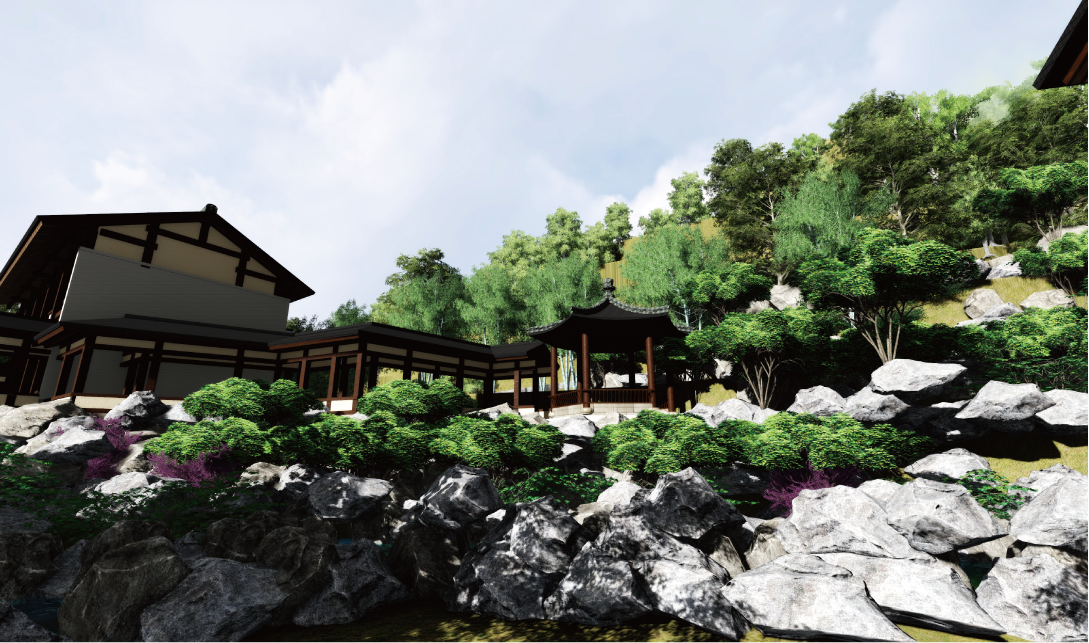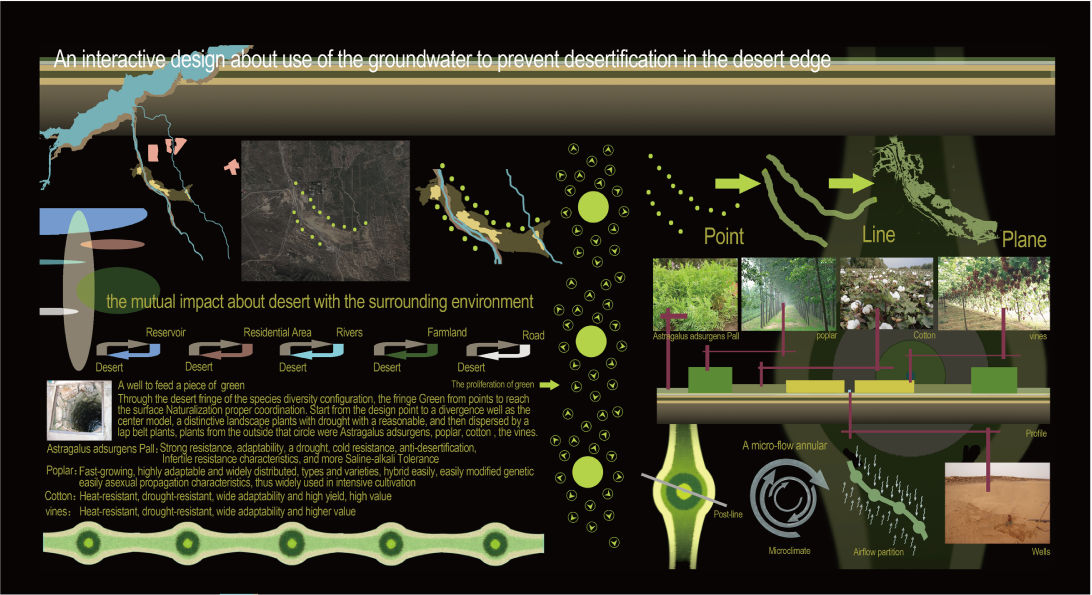
Professional Introduction
Established in 2012, the Landscape Architecture Program integrates science, technology, and art to shape sustainable and aesthetically pleasing outdoor environments for human life. It is an interdisciplinary field rooted in biological and ecological sciences, while also drawing upon civil engineering, architecture, urban planning, philosophy, history, and the fine arts.
The program is committed to cultivating professionals who are well-rounded in character, intellect, and creativity. Students are trained to possess strong professional competence, solid theoretical foundations, and practical design skills. Graduates are expected to master the principles and methods of landscape planning and design, urban and regional planning, scenic and recreational area design, and urban green-space systems. They will be prepared for careers in urban construction, landscape architecture, environmental design, and related sectors, working in areas such as planning, design, construction, and management.
The curriculum emphasizes both theory and practice. Students study the fundamental theories and methods of landscape and regional planning and receive professional training in landscape design, project planning, and environmental management. Through this process, they acquire the essential analytical, creative, and technical skills needed for professional success.
Distinctive features of the program include Regional Cultural Heritage Conservation and Landscape Architectural Art as well as Ecological Techniques and Characteristic Landscape Construction. These features reflect the program's commitment to combining cultural depth with innovative ecological design. The program aims to develop forward-thinking professionals with a systematic understanding of landscape theory and practice, capable of engaging in cultural heritage conservation, landscape and architectural design, and sustainable environmental development at both theoretical and practical levels.





